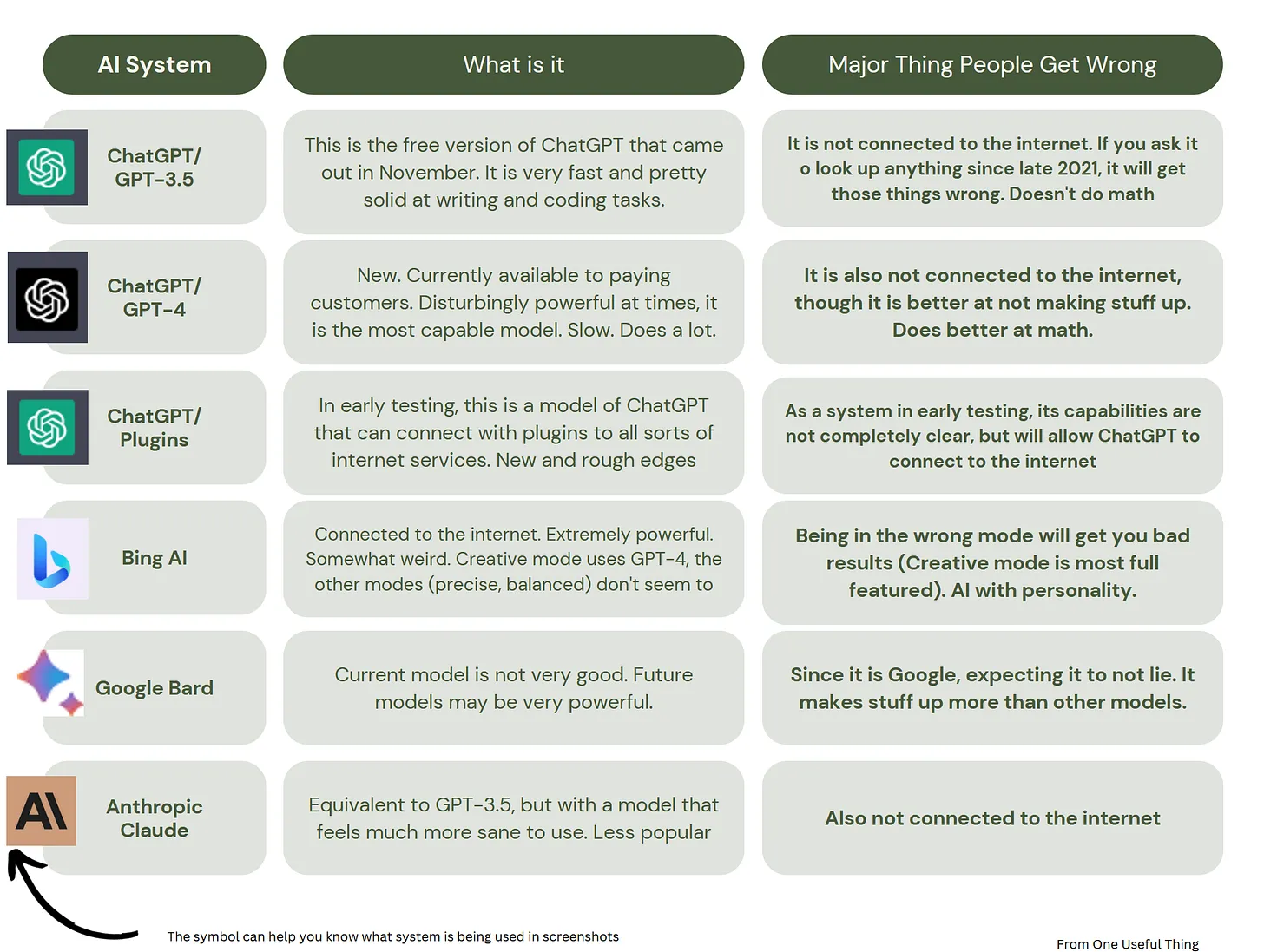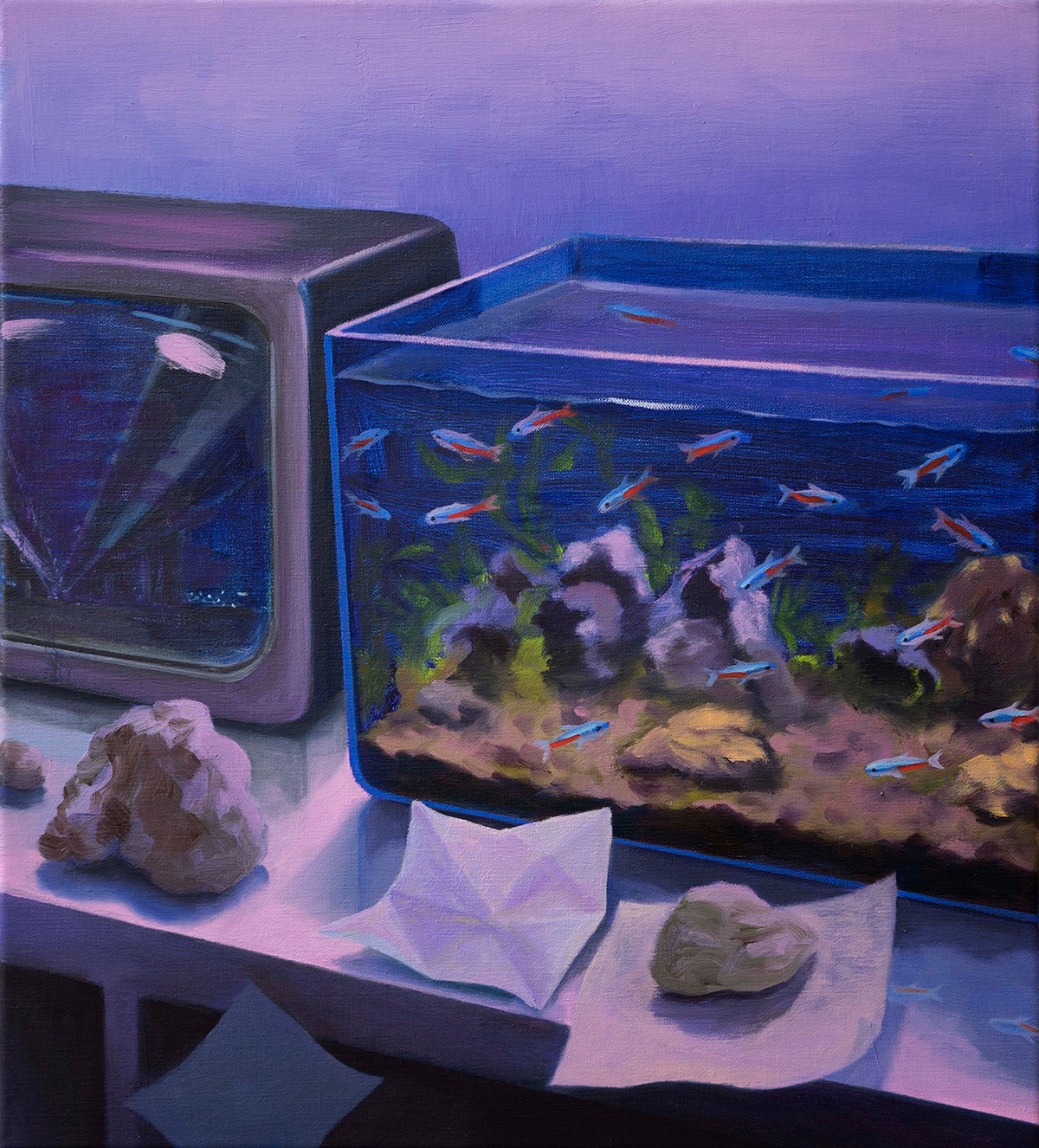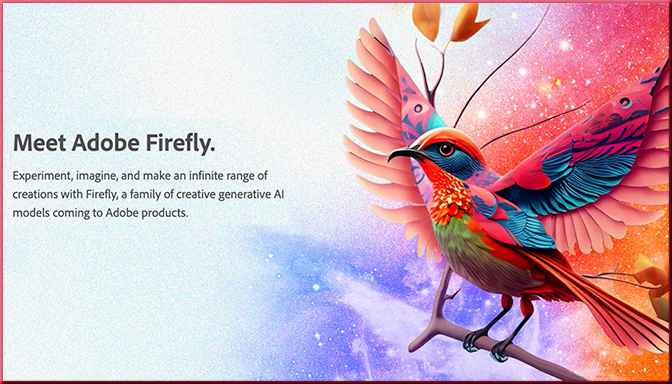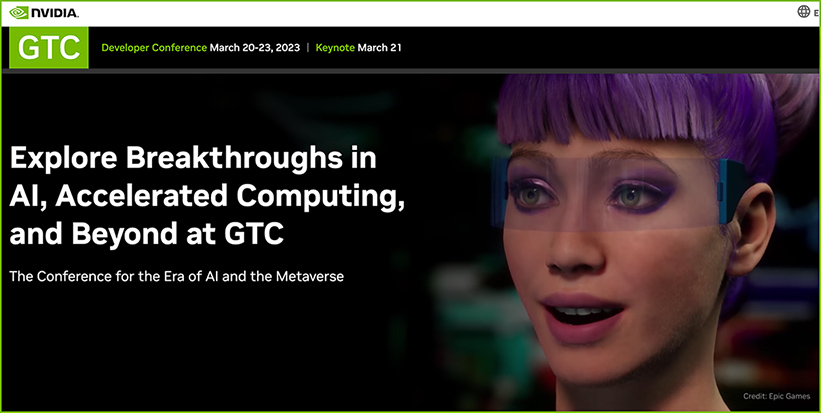Cubo Design Architects celebrates traditional Japanese craft in Tokyo home — from dezeen.com by Jon Astbury
Three-Dimensional Narratives Spring from Antique Books in Emma Taylor’s Meticulous Paper Sculptures — from thisiscolossal.com by Kate Mothes
Also see:
Barry Underwood Illuminates Human Presence in the Landscape in Geometric Light Sculptures — from thisiscolossal.com by Kate Mothes

Cleveland Cavaliers Turn Their Arena Into An AR Arcade — from vrscout.com by Kyle Melnick
.
How Audi Used AR Tech To Build Its New Concept Car — from vrscout.com by Kyle Melnick

.
Celebrate Earth Day With An Out-Of-This-World VR Film — from vrscout.com by Kyle Melnick
A museum without screens: The Media Museum of Sound and Vision in Hilversum — from inavateonthenet.net
Excerpt:
Re-opened to the public last month after five years of planning and two-and-a-half years of renovations, The Media Museum of Sound and Vision in Hilversum in the Netherlands, is an immersive experience exploring modern media. It’s become a museum that continuously adapts to the actions of its visitors in order to reflect the ever-changing face of media culture.
How we consume media is revealed in five zones in the building: Share, Inform, Sell, Tell and Play. The Media Museum includes more than 50 interactives, with hundreds of hours of AV material and objects from history. The experience uses facial recognition and the user’s own smartphone to make it a personalised museum journey for everyone.
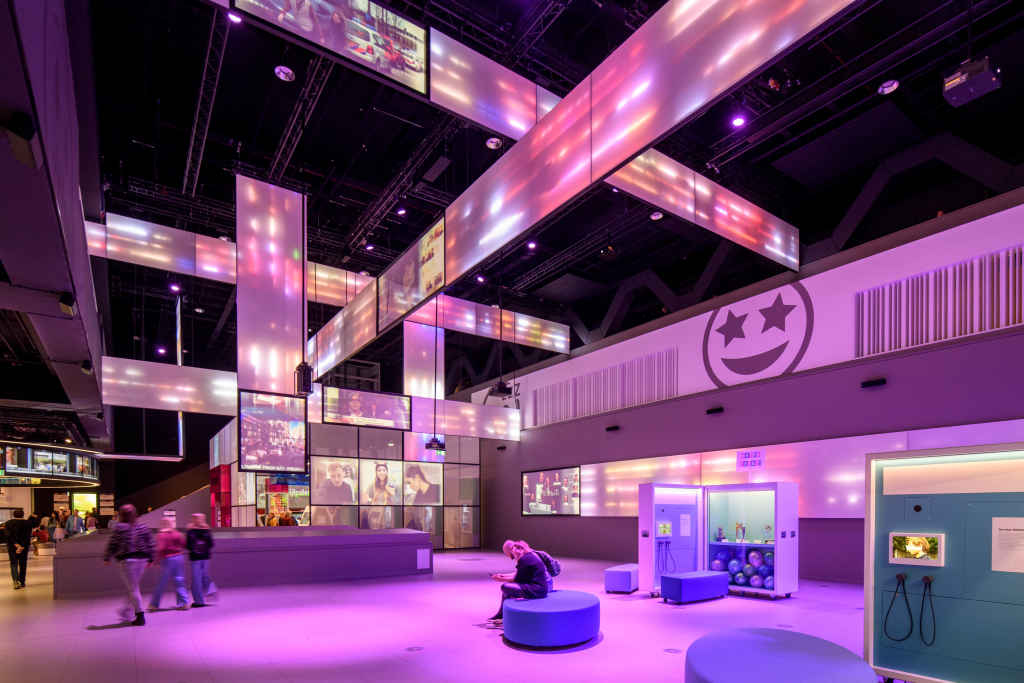
Photo from Mike Bink
From DSC:
Wow! There is some serious AV work and creativity in the Media Museum of Sound and Vision!
Canva’s New AI Wonder Tools — from wondertools.substack.com by Jeremy Caplan
A magic eraser, a branding kit, AI presentations, and more new features
Excerpt:
Canva launched a bunch of new features at a live event viewed by 1.5 million people globally. The Australian company is no longer an upstart. 125 million people use it monthly, including 13 million paid subscribers yielding $1.4 billion in revenue. Canva’s increasingly competing with Adobe to help people create eye-catching visuals. Here are its most useful new tricks.
How to use AI to do practical stuff: A new guide — from oneusefulthing.substack.com by Ethan Mollick
People often ask me how to use AI. Here’s an overview with lots of links.
Excerpts:
We live in an era of practical AI, but many people haven’t yet experienced it, or, if they have, they might have wondered what the big deal is. Thus, this guide. It is a modified version of one I put out for my students earlier in the year, but a lot has changed. It is an overview of ways to get AI to do practical things.
…
I want to try to show you some of why AI is powerful, in ways both exciting and anxiety-producing.
Also see Ethan’s posting:
Power and Weirdness: How to Use Bing AI
Bing AI is a huge leap over ChatGPT, but you have to learn its quirks
Artist Spotlight: Minyoung Choi — from booooooom.com
Meet Adobe Firefly. — from adobe.com
Experiment, imagine, and make an infinite range of creations with Firefly, a family of creative generative AI models coming to Adobe products.
Generative AI made for creators.
With the beta version of the first Firefly model, you can use everyday language to generate extraordinary new content. Looking forward, Firefly has the potential to do much, much more.
Also relevant/see:
Gen-2: The Next Step Forward for Generative AI — from research.runwayml.com
A multi-modal AI system that can generate novel videos with text, images, or video clips.
No lights. No camera. All action.Realistically and consistently synthesize new videos. Either by applying the composition and style of an image or text prompt to the structure of a source video (Video to Video). Or, using nothing but words (Text to Video). It’s like filming something new, without filming anything at all.




















